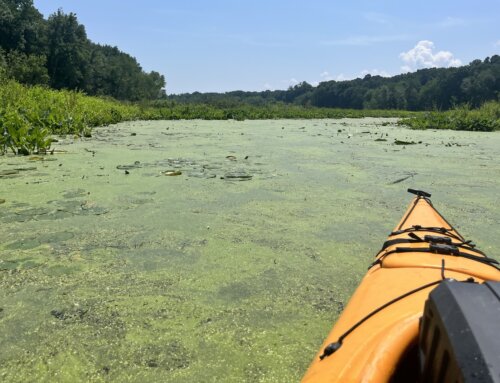Comments by Ron Rhodes, North Country River Steward, Connecticut River Watershed Council
at the Water Quality Forum before the Vermont Legislature on Feburary 18, 2015
The Connecticut River watershed encompasses 41% of Vermont’s land mass. Thirteen major rivers and countless smaller brooks flow east and south thru 182 Vermont towns. It includes all or part of nine counties (Addison, Bennington, Caledonia, Essex, Orange, Rutland, Washington, Windham and Windsor). The watershed is home to ten federally threatened or endangered species, as well as our native Brook trout – which was designated as the state coldwater fish by the Vermont legislature in 1978.
The Connecticut River Watershed Council and fifteen other organizations, including the White River Partnership and the Black River Action Team, are sampling 125 sites throughout the Connecticut River watershed and posting the results on-line at connecticutriver.us so that river users get a sense of water quality and the general health and safety of their favorite swimming, fishing and boating spots. We use the results to help identify the “hot spots” where bacteria levels are consistently high and need fixing. These and other efforts must be expanded however, if we are to ensure that our rivers won’t make us sick! For a fisherman and paddler like me, clean water is serious business and an absolute necessity.
Before the 1972 Clean Water Act, the Connecticut River was heavily polluted. In 1965 actress Katherine Hepburn called it “the world’s most beautifully landscaped cesspool.” In Vermont, the Ottauquechee River ran yellow or red thru the towns of Bridgewater, Woodstock, Quechee and Hartford depending on what colors the textile mills were using that day. In towns along the White River such as Sharon and South Royalton, locals knew to go swimming only UP-stream from the sewage treatment plant in Bethel.
While it is true that the Connecticut River and its tributaries are cleaner than they were twenty or thirty years ago – thanks to efforts by citizens, watershed groups, businesses and governments – there are still pressing issues that need to be addressed. Too many of our waters are on the U.S. EPA Impaired list, and far too many still need clean up plans (called TMDL’s) developed. Just last year, kayakers in Guildhall, Vermont took pictures of manure floating in the Connecticut River and stuck on their boats – which I think it is fair to say, is not the image we want in Vermont Life magazine!
Unfortunately, clean water hasn’t always been a top priority for policy makers. As a Vermont taxpayer, I hope that ends today. The bill before you must be passed and passed this session if we are to make progress toward the goal of all waters being “swimmable, fishable, and boatable.”
Our towns need our help to be able to invest the millions of dollars necessary to modernize their sewage treatment plants and sewer lines to reduce or eliminate overflows. Our farms, our ski areas and our golf courses need our help to implement conservation practices, such as planting riparian buffers, which reduce runoff so less nitrogen and other pollutants enter our rivers. We must do more, and we must do it now; before our rivers are unable to support aquatic life and before our ability to enjoy and recreate in our rivers is lost.
Thank you.







